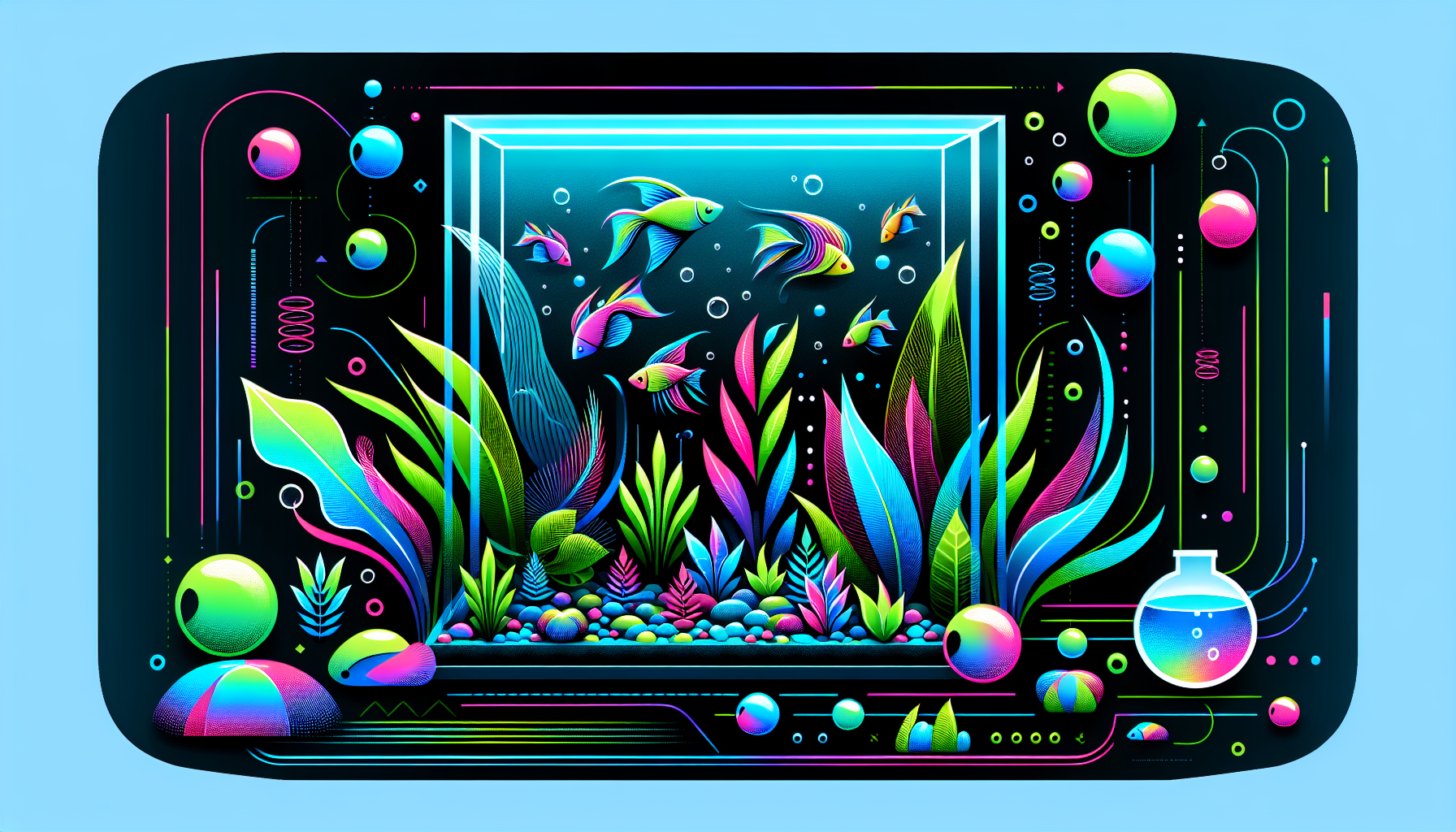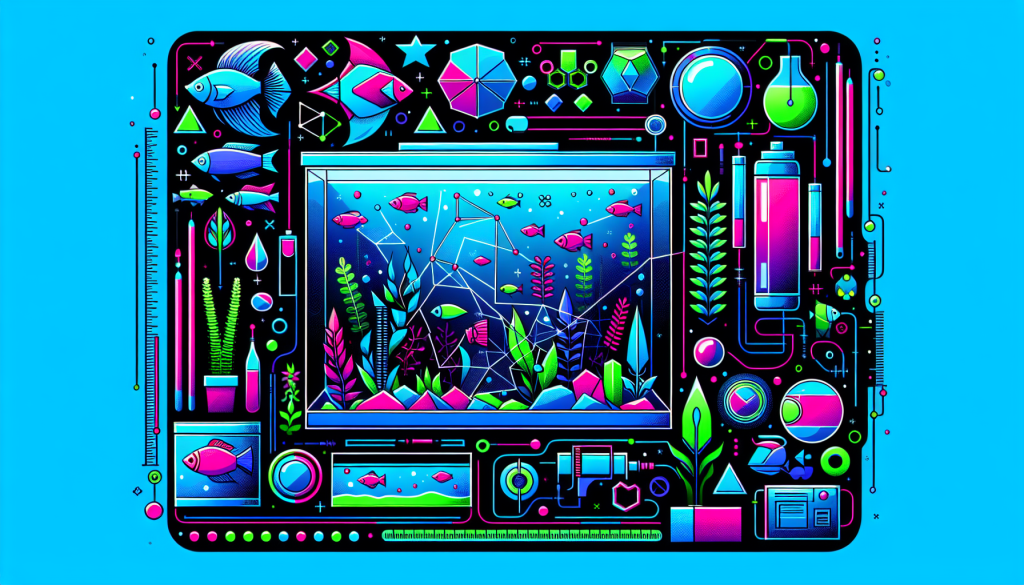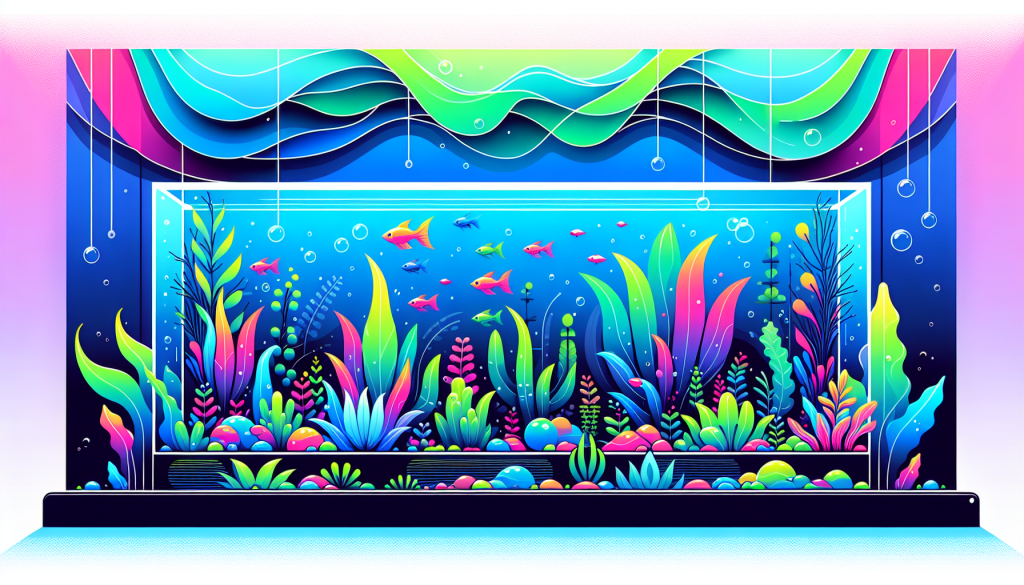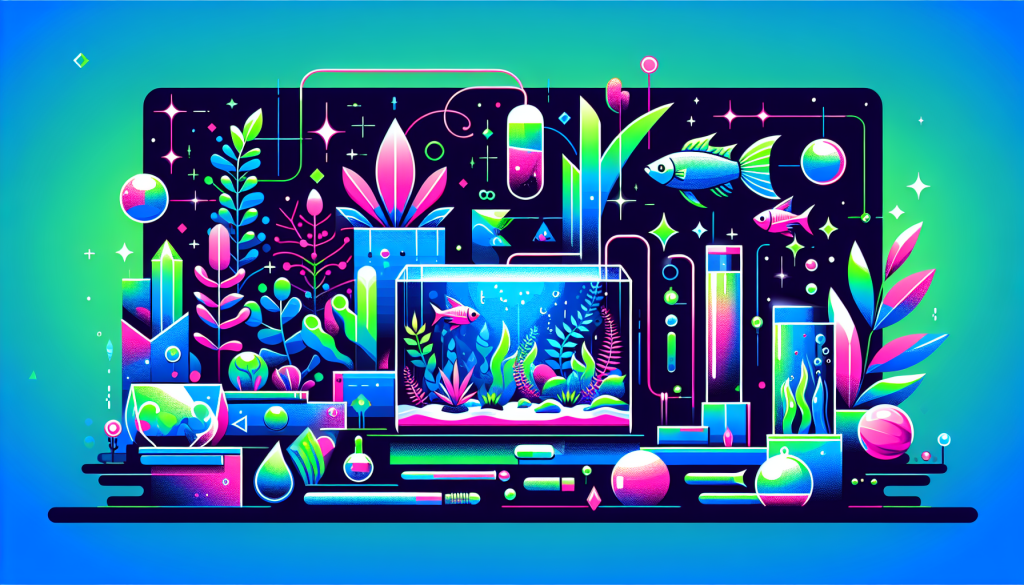CO2 in Aquascaping: The Ultimate Guide to Better Plant Growth
Are you curious about how to achieve lush, vibrant aquascapes? Understanding and optimizing CO2 in aquascaping is one of the secrets to healthy, thriving aquatic plants. In this guide, we’ll explore the science of CO2, different systems, tips for safe dosing, and why it’s a game-changer for your planted aquarium.
What Is CO2 in Aquascaping?
Carbon dioxide (CO2) is an essential nutrient for aquatic plants. Just like terrestrial plants, aquarium plants use CO2 during photosynthesis to produce the energy they need. In most natural waters, there’s enough CO2 to support moderate plant growth. However, in the closed environment of a planted aquarium, supplying additional CO2 can make a dramatic difference.
Why Is CO2 Important for Aquatic Plants?
- Promotes Faster Growth: Insufficient CO2 limits plant growth, leading to slow or stunted development. Supplementation allows plants to reach their full potential.
- Boosts Color and Health: Enhanced CO2 helps plants display brighter colors and stronger root systems.
- Helps Prevent Algae: Healthy, fast-growing plants outcompete algae for nutrients, keeping your aquascape looking its best.
CO2 Injection Systems Explained
There are several ways to introduce CO2 into your aquarium. Let’s compare the most popular CO2 systems used in aquascaping:
Pressurized CO2 Systems
Pressurized CO2 systems use a gas cylinder, regulator, and diffuser to deliver a controlled amount of CO2 to the aquarium. They are the gold standard for serious aquascapers because of their consistency and adjustability.
- Best for medium to large tanks (20+ gallons)
- Allows precise CO2 dosing
- Initial setup is more expensive but reliable long-term
DIY CO2 Systems
DIY systems use yeast, sugar, or citric acid to generate CO2. These are affordable and fun for beginners, but they offer less control and may be impractical for larger tanks.
- Ideal for beginners and small tanks (under 20 gallons)
- Low setup cost
- Requires regular maintenance and monitoring
Liquid Carbon Supplements
Liquid carbon products (e.g., Seachem Excel) provide an alternative to gas-based CO2. They can benefit low-tech or low-light aquascapes but are less effective for advanced setups.
- Easy to dose
- Perfect for small, low-light aquariums
- Not true CO2, but supports carbon needs
How Much CO2 Do Aquascaping Plants Need?
The optimal CO2 concentration for most planted tanks ranges from 20–30 mg/L. It’s best to start on the lower end and monitor plant response as well as livestock health. Too much CO2 can harm fish and invertebrates, while too little may not benefit your plants.
Monitoring CO2 Levels
Use a drop checker with a 4dKH indicator solution to monitor CO2 in your aquascape. Watch your fish for signs of stress, and adjust your CO2 flow accordingly.
Best Practices for CO2 Injection
- Consistent Timing: Run CO2 during your tank’s photoperiod and turn it off at night.
- Proper Diffusion: Use an efficient CO2 diffuser or atomizer for maximum absorption.
- Surface Agitation: Minimize agitation during CO2 hours to reduce gas loss, but ensure enough movement for oxygen exchange.
- Slow Adjustments: Increase CO2 gradually to avoid shocking fish or plants.
Common CO2 Problems (and How to Solve Them)
Even experienced aquascapers run into CO2-related issues. Here’s how to handle the most common problems:
- Algae Blooms: Imbalanced CO2, excessive light, or inconsistent dosing can trigger algae. Balance CO2, reduce lighting, and add fast-growing plants.
- Fish Gasping: If fish are at the surface, CO2 may be too high. Reduce the CO2 flow and increase surface agitation.
- pH Swings: CO2 lowers pH, especially in soft water. Monitor pH routinely if you keep sensitive species.
Frequently Asked Questions About CO2 in Aquascaping
Is CO2 necessary for all planted tanks?
No, but CO2 supplementation is essential for high-light, high-growth aquascapes. Low-tech tanks with slow-growing plants can thrive without added CO2, especially if you balance lighting and nutrients.
Can I overdose CO2?
Yes! Too much CO2 can be fatal to fish and shrimp. Always adjust slowly and carefully, and never sacrifice livestock for plant growth.
What are some top CO2 system brands for aquascaping?
Popular brands include ADA, Fluval, and CO2Art, all of which offer reliable equipment for CO2 injection and monitoring.
Optimize Your Aquascape With CO2
CO2 can transform an ordinary planted tank into a lush underwater garden. By choosing the right system, monitoring your aquarium, and following best practices, you’ll see healthier plants, brighter colors, and far fewer algae problems. Explore more in-depth guides like our nutrients guide for beginners or learn how to perfect your aquascaping lighting for even better results.
Ready to level up your planted aquarium? Contact our experts or subscribe to the Aquascaping Academy newsletter for more tips, inspiration, and exclusive content!



